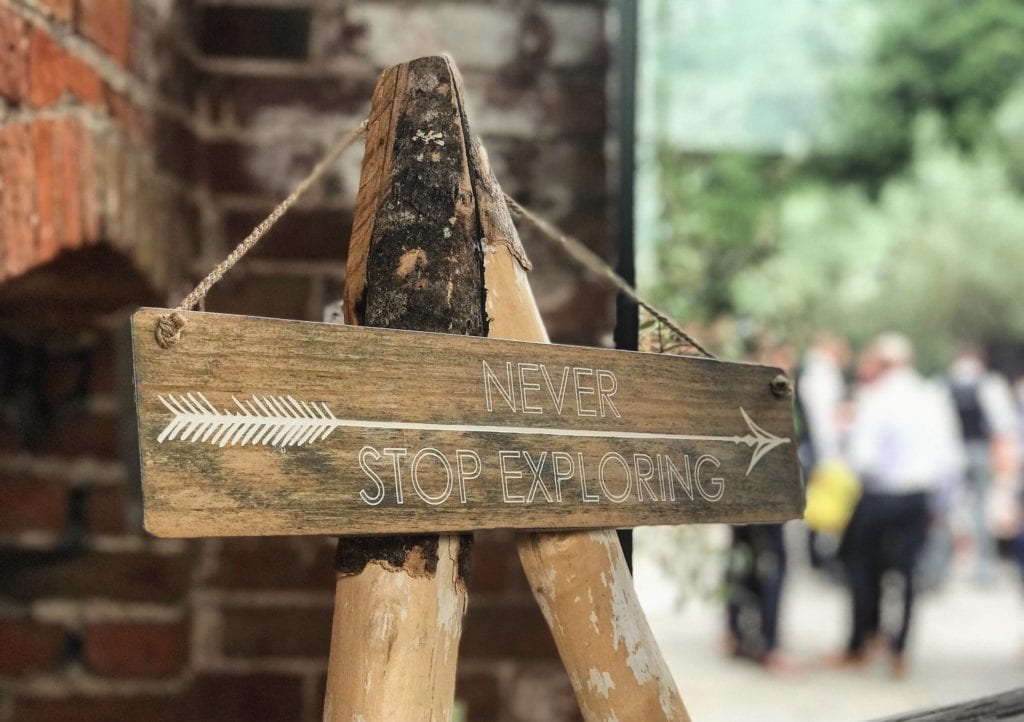In the first installment of this three-part article we extolled the virtues of proactively seeking cost containment and vendor reduction through an RFP process focused on data center hardware and/or networking services, with commentary on the importance of internal collaboration with your IT stakeholders and the importance of solid data on which your vendor/contestants can rely.
In Part Two of this series, I describe the next stage refinement of detail you’ve aggregated from the collaboration process (with IT Ops teams) and the refinement of accurate data for applicable and/or eligible assets. These steps include a categorization of IT assets by criticality (based on input) and a partnered selection of SLAs to balance savings with mitigated risk. More specifically, I address both the logic and methodology for next step management of: Equipment List Organization, RFP Scope Inclusions, SLA Selection and Lot Grouping.
Equipment List Organization & RFP Scope Inclusions
The first step is to determine what is going to be included in the equipment listing. Your asset management group should be able to provide an extraction from the database tool. If so, there are likely to be many columns of data that many not be helpful or relevant for your vendor candidates. As a guide you should have these fields, and not too many more:
- Item
- Serial Number
- Warranty End
- Manufacturer
- Model
- Class
- SLA
- Location
If your asset management group does NOT track all of these fields, don’t be too hard on them – many don’t. In that case, you will need to go to the business segments who have the assets and request asset lists – current renewal contracts will be very helpful. Regardless, make certain that you have a good understanding of what is post-warranty in your environment. It is the post-warranty equipment that will deliver the greatest savings. And, to the extent that you have any remaining warranty on a device, you want to try and leverage that warranty with your vendors.
As a note, there are specialized devices common to networks or data centers that are not particularly suitable for third party maintenance. A short list of these types that should be excluded are:
- Load Balancers
- WAN Accelerators
- Certain Firewalls
- Backup Power units
Continuing with the organizational work, you will want to indicate where your assets are in the world. For many large enterprise IT organizations, it is common to have a relatively small number of large data centers (frequently hosted or co-located) and a large amount of small data rooms. Your vendors will need to know where these assets are by: Country, State, City, and Facility Address. So, make certain that this detail appears in your spreadsheet on a per-asset basis.
As noted in part one of this series about scalable devices, it is extremely important that you provide configuration details by serial number on a separate excel tab for these devices. The reasons are many.
SLA Selection and Lot Grouping
Your collaborative sessions with IT operations where you discussed risk will come into play here. You will need to assign minimum SLAs (service level agreement) to each asset or grouping of assets. Standard SLAs are generally listed as follows below, but there can also be permutations of these, as necessary:
- 24x7x4 (coverage twenty-four hours a day, seven days a week, responding on-site in four hours)
- 9x5x4 (coverage nine hours a day, five days a week, responding on-site in four hours)
- 9x5xNBD (coverage nine hours a day, five days a week, responding on-site the morning of the next business day)
Many times production assets are strictly 24x7x4 while development or back-up equipment may receive a lesser SLA, such as 9x5x4 or 9x5xNBD. However, the IT group may have designed resiliency into the infrastructure, or the equipment itself may have such resiliency that the need to have a part replaced can wait till the next morning. No need to pay for 24x7x4 service if it can wait till the morning with very little risk.
In some cases SPECIFIC devices may be of a nature that they simply need to stay with the manufacturer, for now. The litmus test here is if the device is less than one year old and requires frequent updates and patches. In that case, ride out the manufacturer’s warranty.
Sometimes a device presents such a business risk due to the function it performs that you have to be ultra-careful with your award decision. But the perceived capabilities of your vendor to meet a desired SLA should be considered before totally disregarding the opportunity to contain cost. I have seen many instances where Third Party Maintenance is actually superior to OEM maintenance, so don’t be too quick to decide for the manufacturer.
The topic of service quality and a vendor’s ability to consistently meet agreed SLAs is both important enough and detailed enough that it really deserves its own blog. So for now, select your SLAs based on a reasonable assumption of service quality. But, you should ask a lot of question of your vendors.
From a procedural perspective, it is quite common to have a number of “Lots.” Lots can be grouped by asset type (server, storage or network) or by geographical location, by SLA, or by combinations of type, location and SLA. Lot groupings can present various purchasing scenarios so that you and your team can see the risk/reward and make informed award decisions once the results come in. Vendors can be approved to bid for all, or only some, of these lot groupings depending on your evaluation of the vendor. Spend some time contemplating different scenarios that you want to have as part of the RFP, it will be worthwhile and will provide ample options for award.
Even if you chose a portion of the estate to remain in an “OEM Only” Lot, the savings on the balance of the RFP will still be an excellent feather in your cap. So, if you must separate a portion of the estate out to be an OEM-only Lot, consider that acceptable and move on.
Following these guidelines will not only help you organize for success, but will also provide your vendor candidates information that is critical for them to evaluate the RFP and provide their best pricing and most accurate proposal.
XSi Cisco Lifecycle & Asset Assurance – New Service Announced in 2019!
If you’re seeking a smarter Cisco IT maintenance solution (consider Cisco entitlement compliance), you can still access our announcement and special newsletter.
Follow Us On LinkedIn






